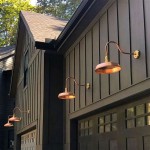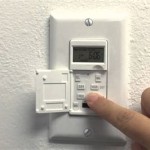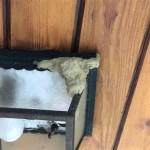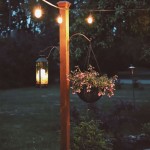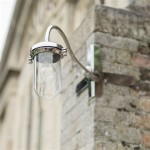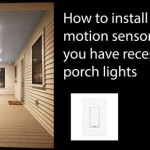Why Do Outdoor Solar Lights Stop Working?
Outdoor solar lights offer a convenient and eco-friendly way to illuminate walkways, gardens, and other outdoor spaces. However, they can sometimes cease functioning correctly. Understanding the common reasons behind these malfunctions can help users troubleshoot issues and prolong the lifespan of their solar lights.
1. Battery Problems
The most frequent culprit behind malfunctioning solar lights is the battery. These lights typically use rechargeable batteries, often Nickel-Metal Hydride (NiMH) or Lithium-ion, which have a limited lifespan. Over time, repeated charging and discharging cycles degrade the battery's ability to hold a charge, eventually leading to diminished performance or complete failure. Extreme temperatures, both hot and cold, can also negatively impact battery performance and lifespan. Exposure to excessive heat can cause the battery to overheat and degrade, while freezing temperatures can reduce its capacity to store energy.
Another potential battery issue is corrosion. Moisture can seep into the light's casing and corrode the battery terminals, disrupting the flow of electricity. This is particularly common in older lights or those with compromised seals. Inspecting the battery for signs of leakage or corrosion is a crucial step in diagnosing solar light problems.
2. Insufficient Sunlight Exposure
Solar lights rely on sunlight to charge their batteries. If the lights are placed in a shaded area or receive insufficient sunlight during the day, the battery may not fully charge, resulting in dim or non-existent illumination at night. Obstructions like overhanging branches, buildings, or other landscaping elements can significantly reduce the amount of sunlight reaching the solar panel. Seasonal changes also play a role, as shorter winter days provide less sunlight for charging.
The angle of the solar panel is another important factor. For optimal charging, the panel should be positioned to face direct sunlight, ideally south-facing in the northern hemisphere. A tilted panel can maximize sunlight exposure throughout the day, especially during winter months when the sun is lower in the sky.
3. Solar Panel Issues
The solar panel itself can also be a source of problems. Dirt, dust, leaves, and other debris can accumulate on the panel's surface, reducing its ability to absorb sunlight. Regular cleaning with a damp cloth can help maintain optimal performance. More serious damage, such as cracks or chips in the panel, can also impair its functionality and require replacement.
Over time, the efficiency of a solar panel can decrease due to degradation of the photovoltaic cells. This is a natural process, but its impact can be minimized by protecting the panel from harsh weather conditions and ensuring it is kept clean.
4. Wiring and Connection Problems
Loose or corroded wiring can disrupt the flow of electricity between the solar panel, battery, and LED light. Inspecting the wiring for any signs of damage, such as fraying, breaks, or corrosion, is essential. Securing loose connections and replacing damaged wires can often resolve the issue.
Water ingress can also cause problems with the wiring and internal components of the light. Ensuring the light's casing is properly sealed and protecting it from excessive moisture can prevent these issues. Consider applying a sealant around the edges of the casing to further enhance its water resistance.
5. Faulty Light Sensor
Solar lights are equipped with a light sensor that detects ambient light levels and automatically turns the light on at dusk and off at dawn. If this sensor malfunctions, the light may not turn on at night, even if the battery is fully charged. Testing the light sensor by covering it during the day to simulate darkness can help determine if it is functioning correctly. If the sensor is faulty, replacing the entire light unit is typically the most practical solution.
6. Product Defects
In some cases, solar lights may stop working due to manufacturing defects. If a new light malfunctions shortly after purchase, it's likely due to a defect rather than a problem with the battery or other components. Contacting the manufacturer or retailer for a replacement or refund is typically the best course of action in such situations.

6 Common Reasons Why Solar Lights Stop Working Ways To Fix

Top Five Most Common Reasons Outdoor Solar Lights Stop Working Les Jardins Official Site

Why Do Solar Lights Stop Working Innovation Lighting

Reasons Why Solar Lights Stop Working And Ways To Fix Biling

6 Common Reasons Why Solar Lights Stop Working Ways To Fix

Common Reasons For Faulty Solar Lights And How To Fix Them Renewables In Numbers

Reasons Why Solar Lights Stop Working And Ways To Fix Biling

Troubleshooting Solar Lights Tips For Smooth Operation

How To Fix Outdoor Solar Lights That Stop Working Biling

6 Common Reasons Why Solar Lights Stop Working Ways To Fix
Related Posts
